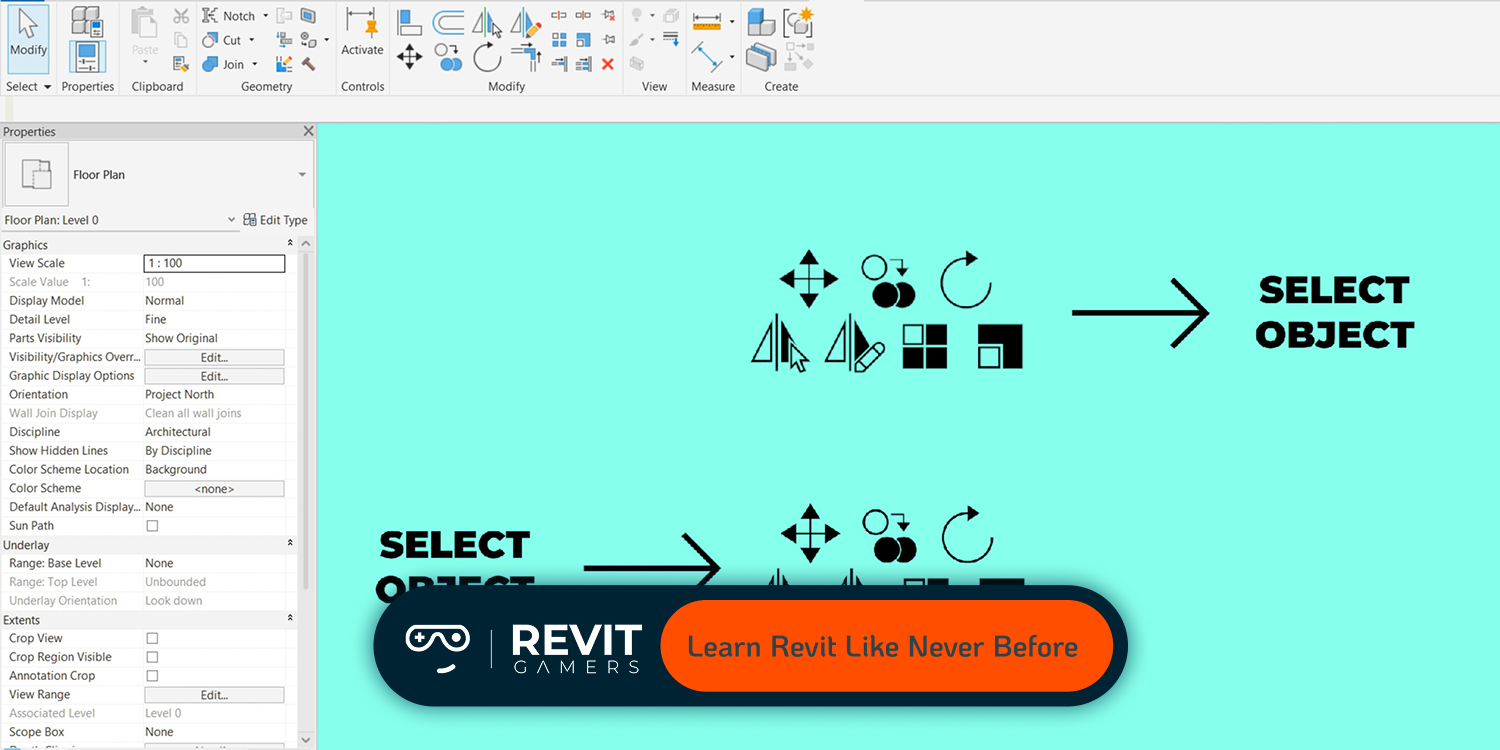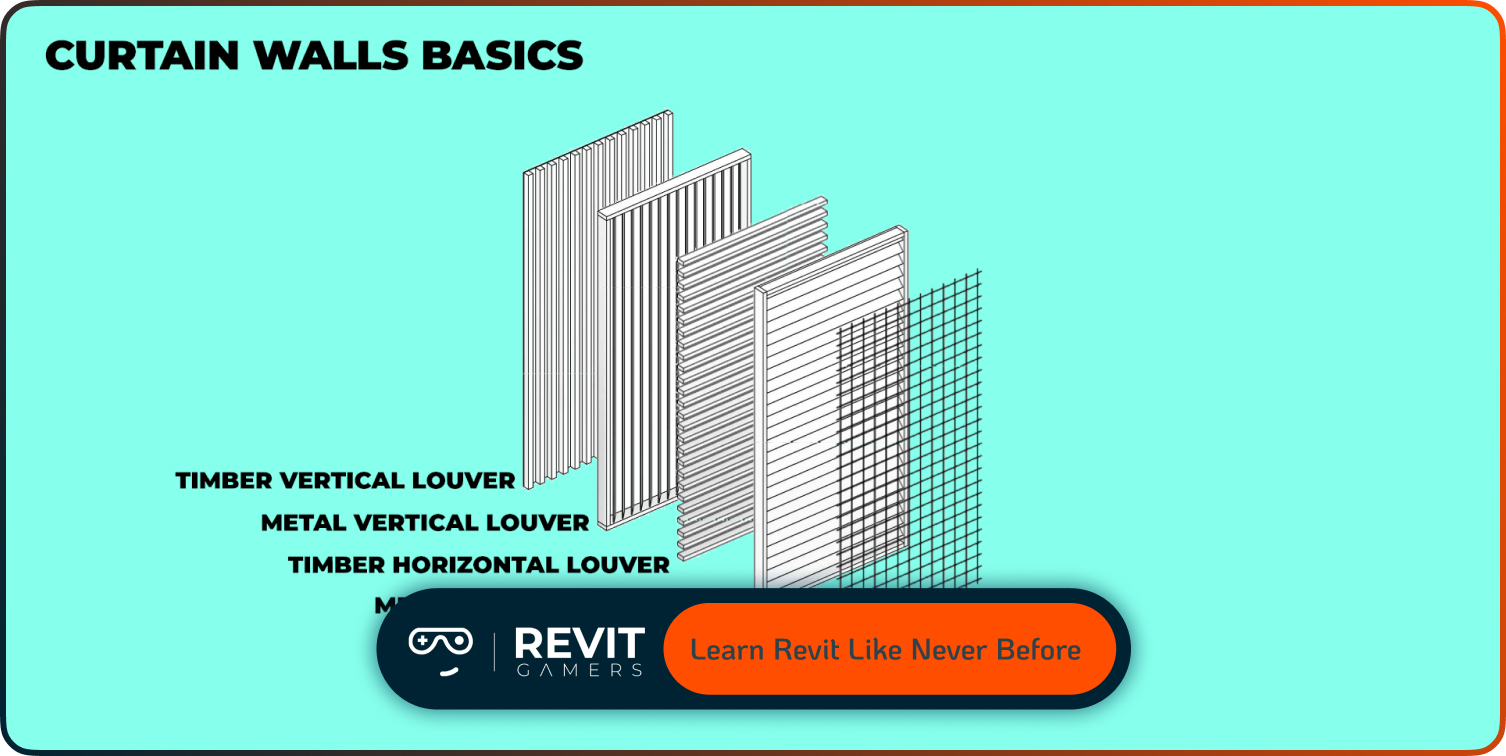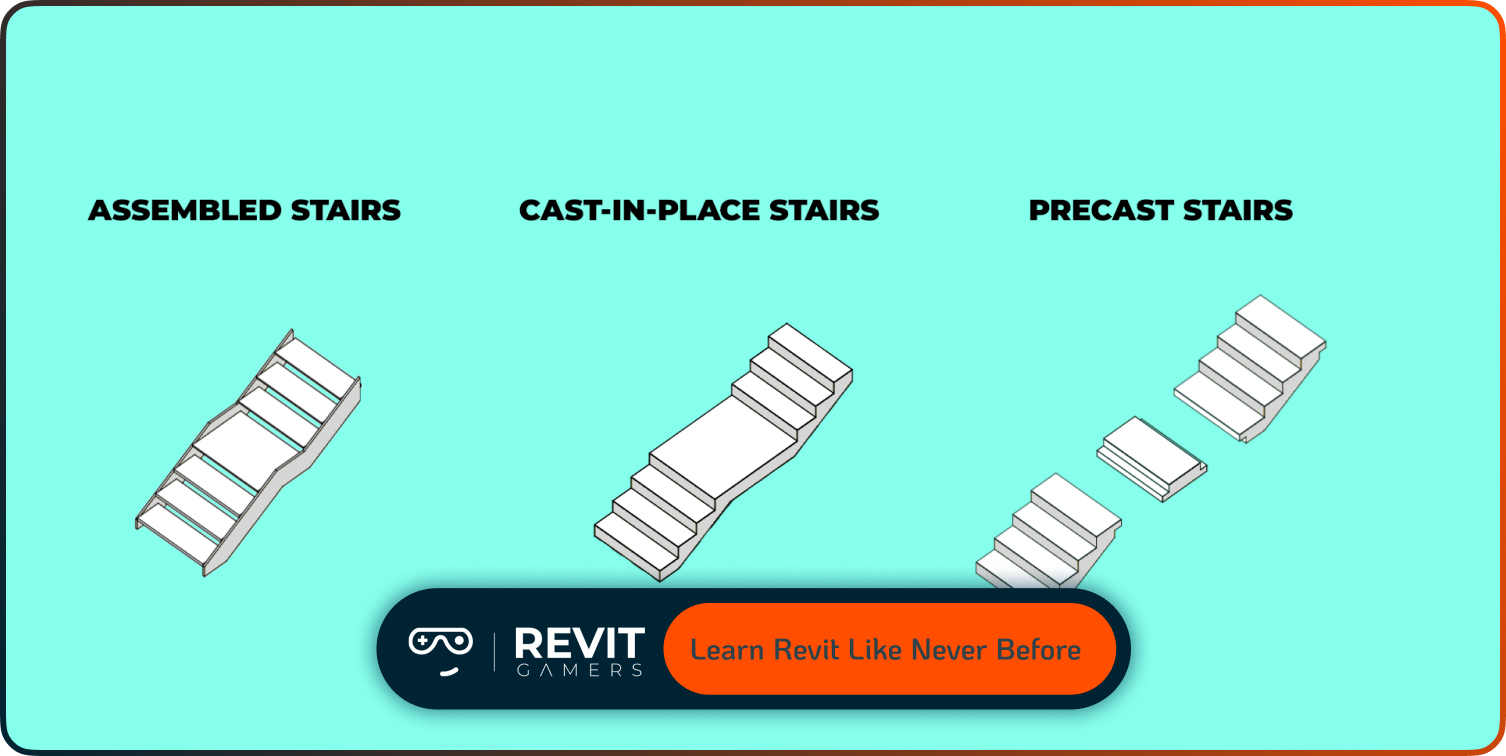News & Events
What is the Best Way to Learn Revit in 2025?
- August 14, 2025
- Posted by: bita
- Category: blog

The software evolves rapidly, offering new features and improved tools to meet industry demands. Staying updated with these changes ensures that you remain competitive and productive. Revit’s versatility allows it to serve multiple disciplines, including architectural design, structural engineering, and MEP systems, making it indispensable in integrated project delivery.
Choosing the best way to learn Revit depends on your goals, learning preferences, and schedule. Some may prefer self-paced courses, while others benefit more from live instruction or hands-on projects. This article explores the most effective strategies tailored for various learners, helping you find the right approach for mastering Revit in 2025.
By understanding these methods, you will build practical skills, gain confidence, and prepare to face real-world challenges with ease. Let’s dive into how you can choose the best learning path for your needs.
Learn more: Learn Revit: Animated Course vs Traditional Tutorials 2025
Understanding your learning style for Revit
Understanding your learning style is crucial when selecting the best way to learn Revit. People learn differently: some are visual learners who grasp concepts better through videos, diagrams, and demonstrations. Others prefer auditory learning via lectures, podcasts, or live discussions. Kinesthetic learners learn best by doing—actively engaging with the software and practicing real projects.
Besides learning style, consider whether you prefer independent study or collaborative environments. Self-motivated learners often thrive in self-paced courses where they control timing and review difficult content repeatedly. Conversely, some benefit from instructor-led classes offering immediate feedback, peer interaction, and structured schedules.
Your prior knowledge also matters. If you have experience with CAD or BIM tools, you might start with advanced topics, while beginners need foundational lessons. Recognizing these factors helps tailor your learning experience to maximize efficiency and reduce frustration.
By aligning your learning approach with your style and background, you set yourself up for success. The following sections explore popular learning methods catering to various preferences, ensuring everyone can find an effective way to master Revit.
Learn more: Fix Revit Errors: Most Common Problems and How to Solve Them
Self-paced online courses: flexibility and resources
Self-paced online courses are one of the best ways to learn Revit in 2025, especially for busy professionals and students. These courses provide flexibility to study anytime and anywhere, letting learners set their own pace. Most include video lessons, downloadable materials, quizzes, and hands-on exercises.
The flexibility helps learners balance study with work, family, or other responsibilities. Also, the ability to pause, rewind, and revisit complex topics aids comprehension. Many platforms update their courses regularly to reflect new Revit features and industry trends, ensuring up-to-date knowledge.
Self-paced courses cover a wide range of specializations, from architectural design to structural and MEP systems. This allows learners to focus on their field of interest and tailor their education accordingly.
Though discipline and motivation are necessary to complete these courses, the self-directed format empowers learners to take control of their learning journey. When paired with personal projects, self-paced courses help build practical skills and confidence needed in real-world applications.
Instructor-led training: benefits of live guidance
Instructor-led training remains a highly effective way to learn Revit for many users in 2025. Live classes offer real-time interaction, allowing learners to ask questions, clarify doubts immediately, and receive personalized feedback from experienced trainers.
This format suits beginners who require structured guidance and professionals tackling advanced topics that benefit from expert explanations. Live sessions often include demonstrations, group discussions, and hands-on activities, enhancing engagement and retention.
Moreover, instructor-led programs foster networking opportunities, connecting learners with peers and industry professionals. Many courses offer certificates upon completion, boosting credentials and job prospects.
While less flexible than self-paced courses, instructor-led training encourages accountability and motivation through scheduled sessions. This helps learners maintain focus and complete the curriculum efficiently.
Combining live training with self-study and practice maximizes learning outcomes. Many learners find this blended approach balances flexibility with the benefits of direct support, accelerating skill development and confidence.
Learn more: create Revit parametric family: Step-by-Step
Hands-on practice and project-based learning
Hands-on practice through real or simulated projects is essential for mastering Revit. Applying theoretical knowledge to practical scenarios helps solidify understanding and builds confidence in using the software effectively.
Project-based learning exposes learners to typical challenges faced in architecture, engineering, and construction workflows. Modeling buildings, coordinating disciplines, and creating documentation enable users to develop problem-solving skills relevant to industry standards.
Working on diverse projects helps familiarize users with Revit’s tools, features, and best practices. Building a portfolio of completed projects also showcases skills to potential employers or clients.
In 2025, incorporating collaborative tools into project work simulates real-world teamwork, improving communication and coordination skills. Digital collaboration platforms complement Revit’s BIM capabilities, preparing learners for modern work environments.
Regular hands-on experience is crucial. It bridges the gap between theory and practice, ensuring learners are ready to contribute effectively on actual projects after training.
Using forums and communities for support and growth
Active participation in Revit forums and online communities significantly enhances learning. These platforms provide peer support, troubleshooting help, and knowledge sharing.
Communities such as Autodesk forums, LinkedIn groups, and specialized Revit user groups allow learners to ask questions, share tips, and discuss workflows. Engaging with experienced professionals exposes learners to diverse perspectives and real-world solutions.
Forums help solve specific technical problems that courses may not cover. Additionally, following community discussions keeps learners updated on software updates, plugins, and industry trends.
Being part of a community motivates continuous learning and professional growth. Many users find mentorship and collaboration opportunities through these networks, further enriching their learning experience.
Leveraging community knowledge alongside formal training accelerates skill development and fosters a supportive learning environment.
Learn more: best pyRevit tools :Top 7 pyRevit Tools That Will Save You Time
Leveraging Revit plugins and tools to enhance learning
Exploring Revit plugins and complementary tools enriches the learning process and boosts productivity. Plugins automate repetitive tasks, improve visualization, or add specialized features, making workflows more efficient.
Learning to use popular plugins like Dynamo, Enscape, or Revit Lookup early enhances your capabilities and sets you apart professionally. Experimenting with plugins during training encourages problem-solving and innovation.
Many plugins have active communities offering tutorials and resources that support learning. Integrating these tools helps you adapt to complex project requirements and stay competitive in a fast-evolving industry.
Understanding plugin compatibility and integration is also valuable. This knowledge allows customization of Revit to suit project-specific needs, expanding your skillset beyond basic modeling.
Incorporating plugins into your learning journey fosters a deeper mastery of Revit’s ecosystem and prepares you for advanced tasks.
Setting realistic goals and tracking progress
Setting clear, realistic learning goals is essential for effective Revit mastery. Breaking down the learning process into manageable milestones keeps motivation high and progress measurable.
Goals can include mastering specific tools, completing modules, or building components within projects. Using learning journals or digital tracking apps helps monitor achievements and identify areas needing improvement.
Regularly reviewing progress ensures steady skill development and prevents overwhelm. It also helps adjust learning strategies to fit evolving needs or challenges.
Goal-setting encourages discipline and focus, essential for self-paced or long-term learning. Celebrating small victories maintains enthusiasm and commitment.
Combining goal tracking with feedback from instructors or peers enriches the learning process, providing guidance and encouragement.
In summary, structured goal-setting creates a roadmap for success, turning Revit learning into a clear, achievable journey.
Learn more: Animated Revit Training That Actually Makes Sense | Learn Revit the Fun Way
Conclusion: Choosing the best way to learn Revit for your needs
The best way to learn Revit in 2025 depends on your individual goals, schedule, and preferred learning style. Whether you choose self-paced courses, instructor-led training, hands-on projects, or community engagement, each method offers unique benefits.
Combining multiple approaches often yields the best results—balancing flexibility, expert support, practical experience, and peer interaction.
Consistent practice, openness to feedback, and curiosity about new features help accelerate learning and build confidence.
By selecting a personalized learning path aligned with your needs, you prepare yourself for a successful career in architecture, engineering, or construction.
Investing time and effort in learning Revit today equips you to meet tomorrow’s industry challenges with skill and confidence.



